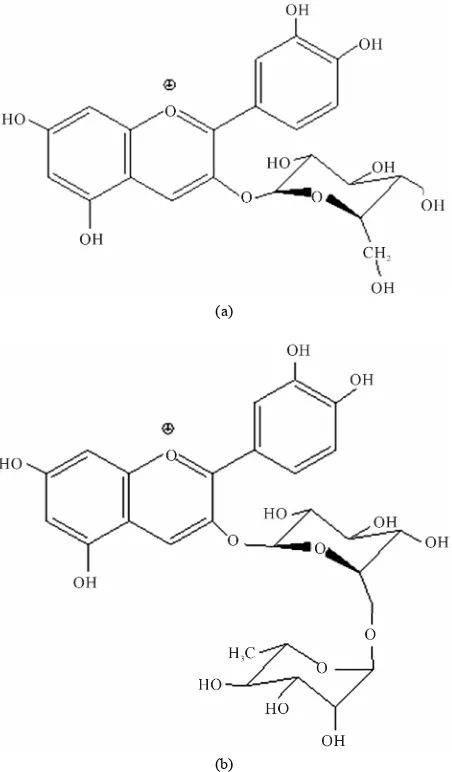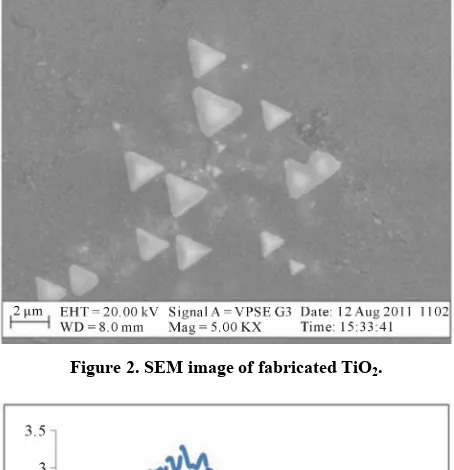Photoelectric Characterization of Dye Sensitized Solar Cells Using Natural Dye from Pawpaw Leaf and Flame Tree Flower as Sensitizers
Full text
Figure



Related documents
Abstract: On the occasion of its recent approval for relapsed follicular lymphoma, we review the design and development of the pan-class I PI3K inhibitor copanlisib as a
Unsere Daten zeigen, dass mehr Patienten mit schlechtem Outcome neurologische. Komplikationen
[r]
Most countries lie somewhere along this continuum, accommodating both systems and stipulating in one way or another the points at which the colonially derived
An expanded set of validated biomarkers for autoimmune diseases will allow: (1) the earlier and more rapid diagnosis of disease, thereby resulting in earlier treatment; (2)
The saturation solubility and in vitro dissolution rate of the DCN nanocrystals were significantly increased compared to coarse drug powder.. Moreover, the relative
The NP-functionalized glass surfaces released CHX over the experimental period (Figure 8), and the CHX released related to the initial density of the NPs and NP aggregates, with
CUAJ ? August 2018 ? Volume 12, Issue 8 ? 2018 Canadian Urological Association E365 ORIGINAL RESEARCH Prognostic and predictive clinical factors in patients with metastatic